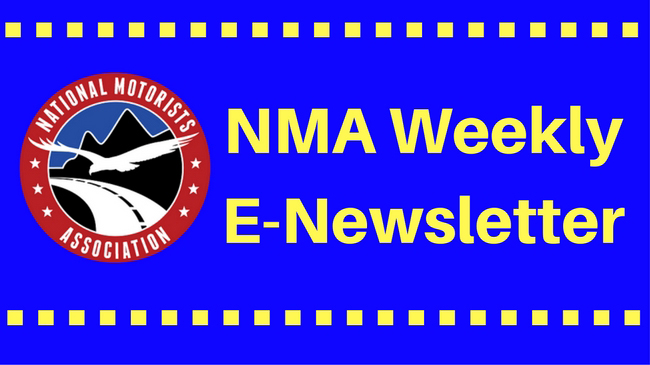
Green Bay, Wisconsin Police Department recently announced that it has partnered with the Green Bay Neighborhood Associations to start a ‘Community Speed Watch.’ The department hopes that the program will bring more awareness to speeding.
Lt. Nate Allen added, “One of our number one complaints in the city of Green Bay is traffic and the way people drive. It’s just a way to get them (the Neighborhood Associations) a little more involved in our communities, another set of eyes for us.”
Another set of eyes—does this mean neighbor snitching on neighbors and the general public? Lt. Allen leads the initiative and says his officers will train neighborhood association volunteers to observe and report potential traffic violations. But the details are murky on how the volunteers will watch motorists.
Lt. Allen says that when a driver gets caught speeding, the department will send that driver (actually the car owner) a courtesy warning letter with information about the speeding infraction. The letter will list the observation’s date, time, and location and the recorded vehicle’s speed. It is not a citation but a warning letter asking for better driver compliance. Lt. Allen adds that the ‘Community Speed Watch’ does not correlate with the license plate reader cameras installed earlier this year.
Fritsch Park Neighborhood Association President Randy Griswold said that speeding was not too much of an issue in his neighborhood except on two streets with a 35 mph speed limit. At one of the intersections on the two streets, speeding is particularly dangerous for pedestrians trying to walk across the crosswalk with no pedestrian lights. Griswold added, “If we can slow this down and change this driving pattern lifestyle, even to a small degree, it would be an improvement.”
Griswold also stated that his Neighborhood Association wants to participate in the ‘Community Speed Watch.’
But questions remain:
- Should community volunteers be involved in this type of community policing?
- How will volunteers determine the speed of vehicles?
- Will this kind of program change driving behavior with its warning letters?
Community snitching is a slippery slope to something that starts to rival other types of community surveillance that occur in authoritarian regimes. But how do you stop motorists from driving faster than they should through neighborhoods?
The NMA is against automated traffic cameras and traffic calming such as speed humps—two additional programs that cities can use to reduce speeding through neighborhoods.
Perhaps, motorists themselves need to check their speed more consistently so that community surveillance, cams, and traffic calming do not become entrenched.



